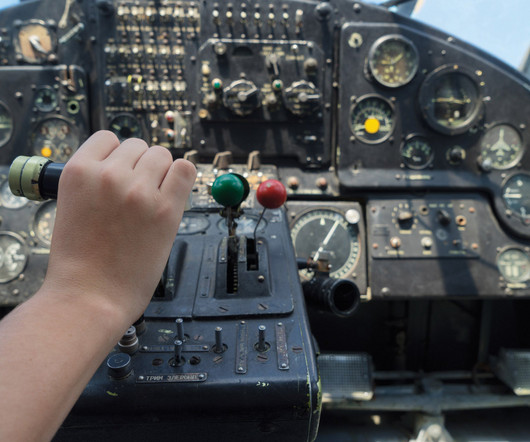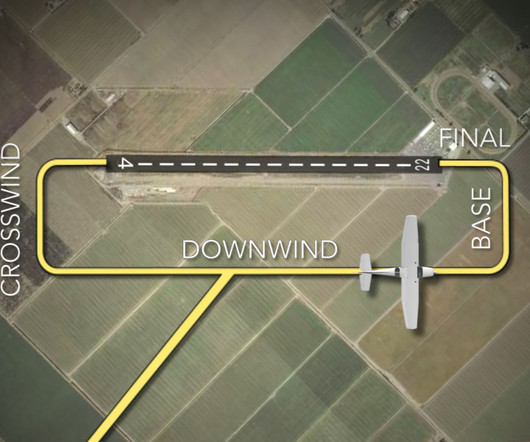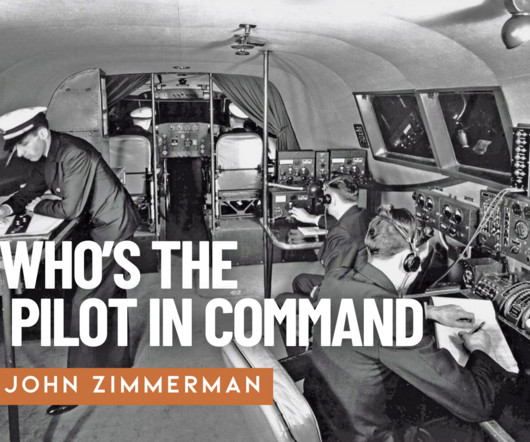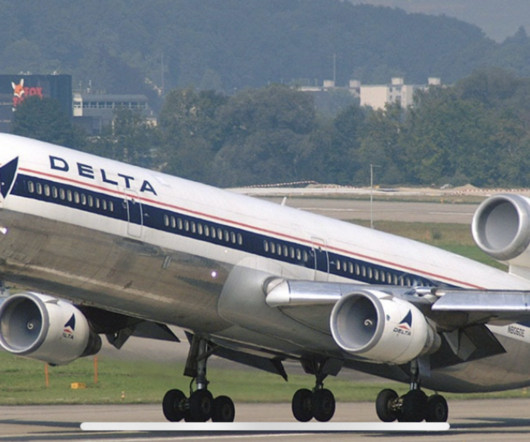Arriving in Style
Plane and Pilot
FEBRUARY 28, 2025
To cope with these challenges, airline glass flight decks contain a vertical navigation function (VNAV) that keeps the autopilot, and the crew, on the right path to arrive at the final approach fix, or downwind leg, at speed and on altitude. A towered airport with an approach control can make this quite easy.













Let's personalize your content